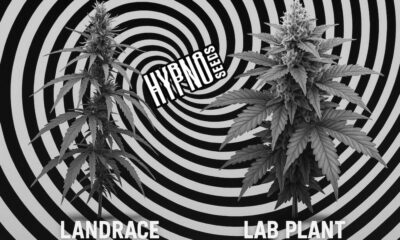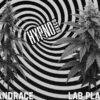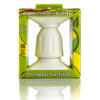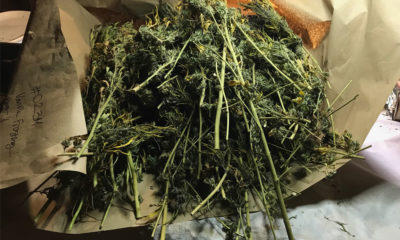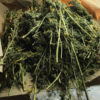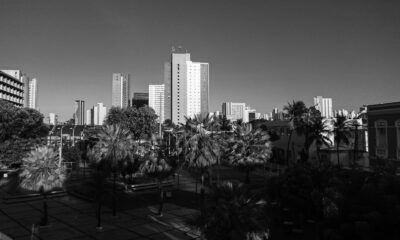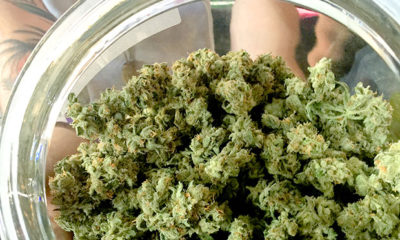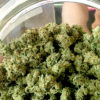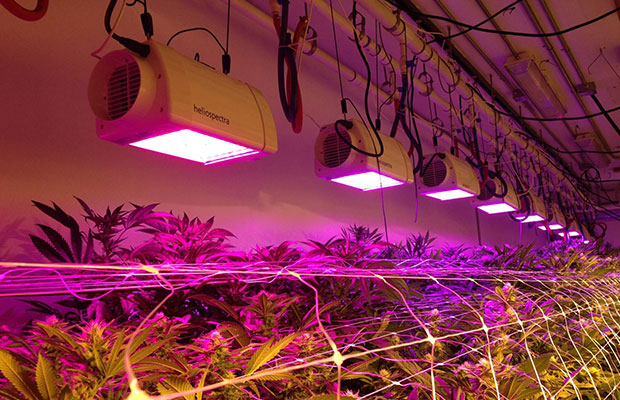
Cannabis
The Science Behind LEDs is Changing Grower Mindsets
Saving on the cost for powering lights, as well as decreasing costs for running and building out HVAC, and having the ability to dial in light formulas to your liking – these are all pretty powerful reasons to start looking into LEDs.
Get 10 seasoned indoor cannabis growers in a room talking about their gardens and at least half of them will likely be focused on “yield” per light. They might not readily mention the dollar figure that was required to get that high weight – the base energy cost or the “grams per watt” measurement – just that they nailed, say, a consistent 2-2.5 lbs per light. Like someone boasting a $500 score at a poker table, they’ve conveniently left out the fact that last week they bled their wallet for 400 bucks at that same table. When your focus is all about increasing yield without an eye on the whole energy picture, your ROI shrinks by the kilowatt minute.
That’s where LED (light emitting diodes) technology should be seriously considered in the grow space. There’s been a lot of reticence in the marijuana cultivator community to move from traditional HID (high-intensity discharge lighting; largely in the form of costly sodium lamps) to LED tech. If it works, why change it, right? A lot has also been said over the past few years about the efficacy of the science of LED technology – and most notably the lack thereof. Much of what we’ve seen in LED for about half a decade now has been cut-rate, China-produced tchotchke that’s not worth the cost of shipping. Why should a grower hassle switching out their whole grow setup with a new technology and take the risk of producing inferior cannabis?
Here’s why. Serious lighting tech companies like Heliospectra, based out of Sweden, have had their eye on the cannabis industry for years now and have been engineering LEDs meant specifically for horticulture. Unlike the low-cost, Asian-produced LED market that slapped diodes into grow lights (the same cheap LEDs made for camping headlamps), current specialists are dialing in LED light spectrums made specifically for cannabis. And it’s opening up a whole new world of possibilities for growers.
“Historically, LED lights did not produce acceptable yields, nor outstanding trichome production in flowering stages because lamps simply were not bright enough,” says Heliospectra’s Chris Walker. “Combine that with poorly understood light spectrum science and a grower is going to be disappointed.”
But LED lighting technology has evolved quickly, adds Walker, and we are now seeing “well researched light spectrums combined with super bright lights.” Heliospectra says they have found the sweet spot at the intersection of brightness and the right light spectrum. The technology behind it has to do with the presence of an appropriate “PAR value,” or the active spectral range that plants need for the process of photosynthesis. That state is the method by which plants use sunlight to synthesize foods from carbon dioxide and water.
Today’s LED grow lights allow cultivators to precisely tune in the wavelengths they want for their plants. “Growers using our lamps have experienced accelerated harvests,” says Walker. “We attribute this to our technology and most specifically the use of a ‘far red push’ at the end of a flowering cycle.”
That push is one of the many “light recipes” available with their LEDS and occurs during the last 20 minutes of the flowering photoperiod, essentially mimicking the setting sun. Heliospectra’s LEDs come equipped with 150 such “discrete spectrum changes” daily to create specific light recipes for the needs of different plants. Their lights are also software enabled – each light containing its own IP address – so that growers can control the spectrum and intensity (light recipe) of each lamp. Whether you’re running one lamp or 1,000 lamps, a network is developed to control those light recipes allowing growers the ability to automatically control the intensity and wavelengths, creating a spectrum specifically adjusted to different growth stages.
Kevin Biernacki, head grower at The Grove Nevada’s 50,000-sqft. cultivation facility, says the “last three weeks of harvest we are able to push the light spectrum a little differently,” which he says has affected The Grove’s harvest times by as much as “one full week shaved from the Grove’s typical 10-week flowering period.”
Heliospectra’s LEDs also run at half the power of traditional HID lights and are made to run in warmer rooms, typically 10 degrees warmer than your average HID room. That translates to lower operating costs for HVAC, says Aaron Tippetts, a grow room design specialist who worked with The Grove in Las Vegas. “Controlling temperature with these lights is easier in that I have to have less equipment and less infrastructure,” says Tippetts, “and all the things that go along with HVAC.”
Will you try LED lights in your grow room?
This article is sponsored by Heliospectra.



